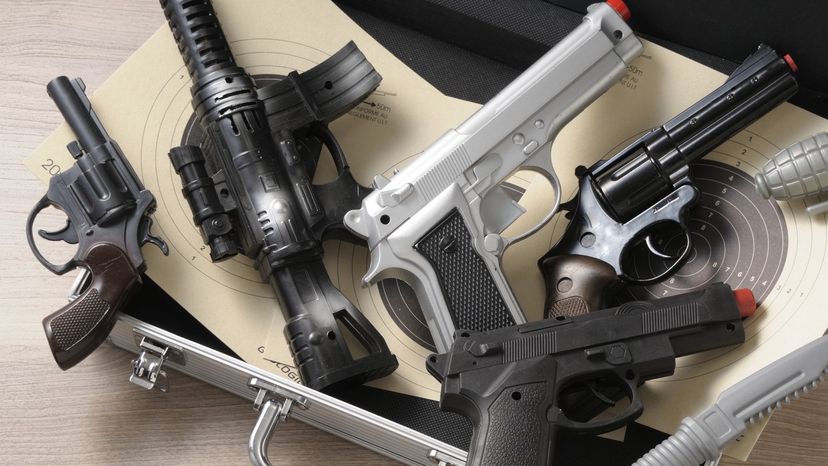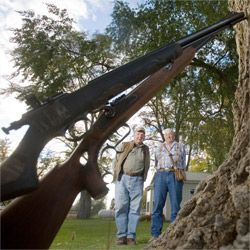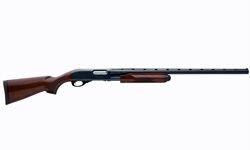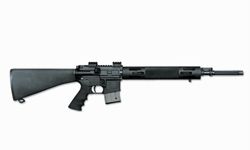
The Second Amendment to the U.S. Constitution gives all citizens the right to keep and bear arms. If data from the Bureau of Justice Statistics are any indication, many Americans are exercising this freedom. Nationally, 42 percent of people responding to a 2008 survey reported having a gun in their home. That's up from 36 percent in 1999, when gun ownership reached an all-time low.
Among gun owners, 58 percent own pistols, 63 percent own shotguns and 59 percent own rifles [source: Bureau of Justice Statistics, 2003, 2008]. The sales data paint a slightly different picture. According to the National Shooting Sports Foundation, a third of all gun sales can be attributed to handguns (such as revolvers and pistols), a third to rifles and shotguns, and a third to ammunition.
Advertisement
Unfortunately, these statistics don't drill down to specific models. The U.S. Bureau of Alcohol, Tobacco, Firearms and Explosives (ATF) offers some insights with its firearms manufacturing and export reports, which tally the number of guns produced by U.S. manufacturers each year. But production levels don't tell the whole story. For example, some custom gun makers may produce fewer than 20 weapons a year, yet their products stir intense customer loyalty.
Still, it's this article's job to present the five most popular guns in civilian hands. To facilitate the task, we made our final selections using several criteria, including manufacturing data, historical significance and anecdotal information from gun sites and enthusiasts. We also considered guns across five major small arms categories -- muzzleloaders, shotguns, rifles, revolvers and pistols. We won't discuss machine guns and other fully automatic assault rifles, which are heavily regulated and not generally considered civilian-friendly weapons.
Let's start with a throwback.


